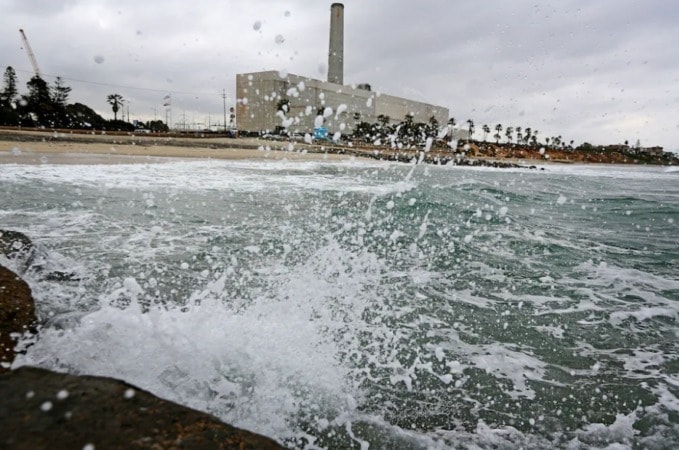
Anybody with a 5-year-old’s knowledge of geography might come up against this conundrum: There’s a water shortage in the Western United States. Right next door, there’s the Pacific Ocean. Why can’t we take some of that big, blue body of water and move it into the increasingly parched territory that borders it?
The short answer, of course, is that there’s salt in the ocean, which isn’t good for people, plants and many other living creatures. But as shortages mount, there’s increasing interest in the complicated process of desalination, or pulling out salt on a massive scale so that water can be put to use by the thirsty populations who live nearby.
What questions do you have about climate change? Ask them here.
Wells are drying up in California. The Colorado River is thinning to a dribble. The levels of Lake Mead and Lake Powell — the two biggest reservoirs in the United States […]










I had a friend down in Florida when I lived there that had a plan he worked on for years and in used desalination which powered it self using the water for the power necessary to clean it and had a cleaning process which cleaned the leftovers as well. It was a large scale project and he patented it and it was a great system which worked with efficiency ans safety within it. I do not know what happened to his wonderful plan but I do know it would work well when he explained it to me. I do not see why it is not in use now!
But doesn’t that process put saltier water back into to ocean, thus upsetting the ph balance!?